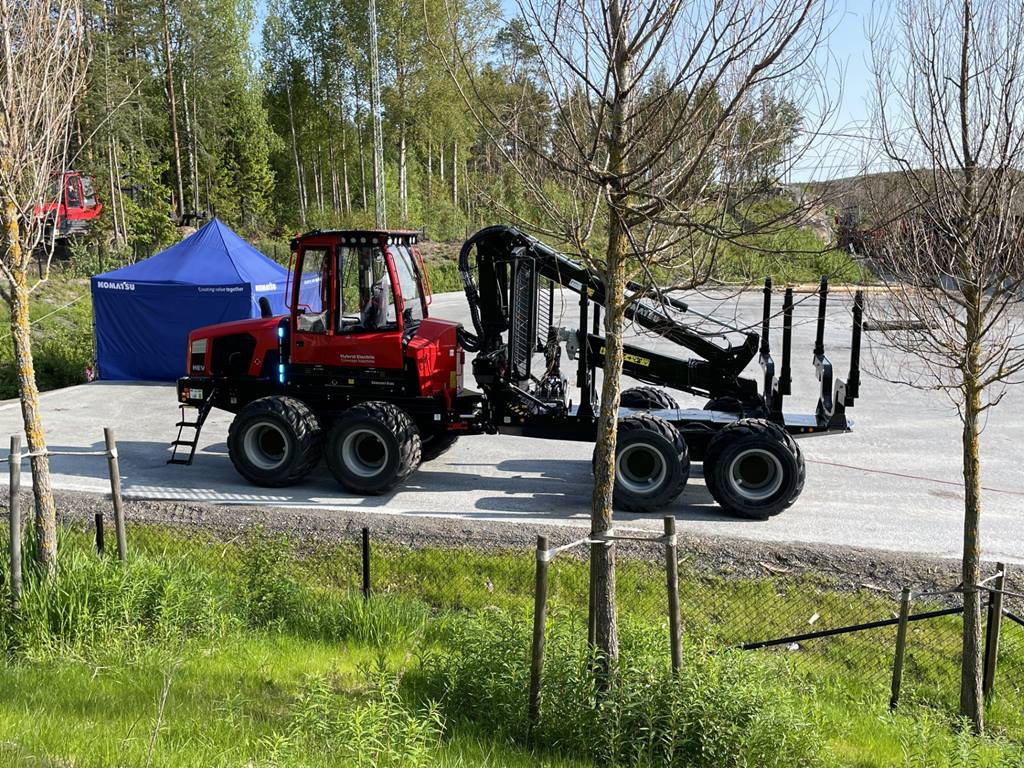“We have a carbon-neutral production facility, and we are working with the same determination to reduce CO2 emissions from the use of our forestry machines. Our goal is to develop efficient products that are fundamentally designed to minimize environmental impact and reduce CO2 emissions, here electrification plays a key role. The long-term vision is to achieve a ‘net zero emission worksite,” says Erik Nilsson, Chief Technology Officer (CTO) at Komatsu Forest.
“We are seeing growing interest from our customers and partners in reducing the environmental impact of forestry machines. Our goal is to reduce net CO2 emissions through new technological solutions, that we expect to introduce gradually,” says Peter Hasselryd, VP Marketing & Sales at Komatsu Forest.
Opening the door to electrification in forestry is a groundbreaking technological step for Komatsu Forest—but it also presents major challenges. Since the machines operate off-grid, outside the existing power network, many factors must be considered when developing new machine solutions. To enable the use of various energy sources, different energy distribution solutions are needed at the forest worksite. Success in this transition will require collaboration, partnerships, and the development of new technologies and system solutions.
“Almost exactly two years ago, we announced our investment in electrification. We have now developed a concept prototype that will be shown for the first time at Komatsu Days 2025. The concept prototype is a forwarder with hybrid-electric technology. Hybridization is a first step in electrification, where the existing renewable HVO100 fuel distribution can be used just like in our conventional machines,” says Erik Nilsson.
The machine features a smaller but efficient engine connected to a generator. It is equipped with a battery pack that balances the engine load and improves the coordination of the machine’s functions. Many of the machine’s subsystems are fully electric, making it energy-efficient.
“The goal of the machine is to reduce fuel consumption and CO2 emissions without compromising productivity, while also achieving improved performance and drivability. The concept prototype will now undergo testing and evaluation before the next step can be taken,” concludes Erik Nilsson.
Hybrid-Electric Forwarder (HEV) Concept Prototype Unveiled for the First Time

News
June 16, 2025
In 2023, Komatsu Forest announced an initiative to establish a brand-new development department focused on the electrification of forestry machines. With this investment, the company aims to reduce the net carbon emissions from its forestry equipment. The initiative aligns fully with the company’s goals, where sustainability is a core principle throughout the entire operation.

